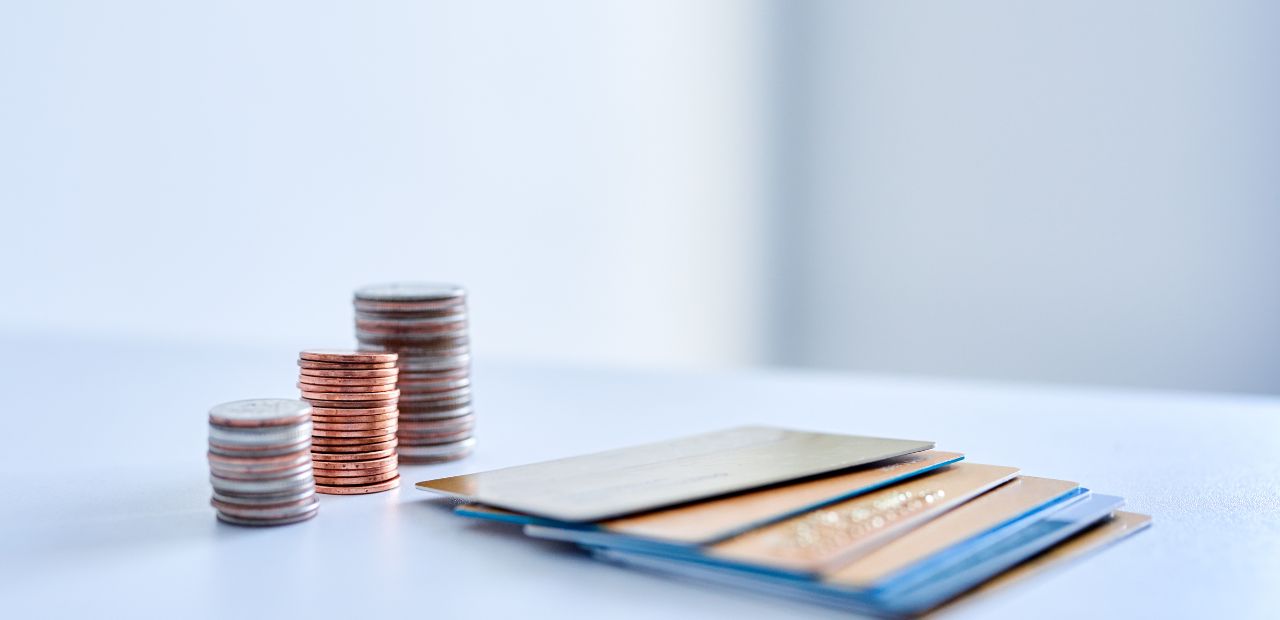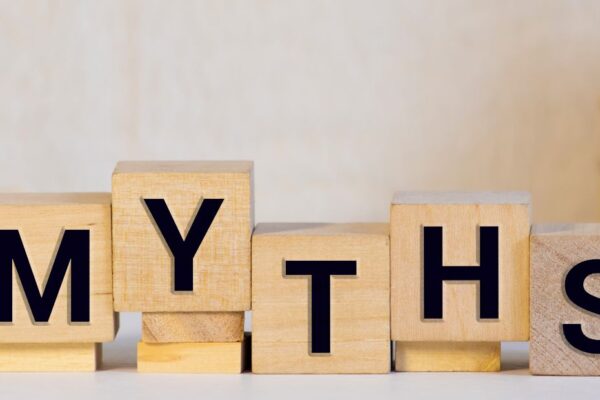Do you have a lot of debt and feel like the interest rates are too much to handle? You’re not by yourself. A lot of people are in the same boat as you and want to know how to effectively settle their bills and regain financial freedom. The Debt Snowball Method is a well-known method that has helped a lot of people. We will go into great detail about this method and how it can help you get out of debt in this in-depth guide.
What is the Debt Snowball Method?
Dave Ramsey, a personal finance expert, popularized the Debt Snowball Method as a way to pay off debt. It involves debt settlement first while making the minimum payments on your bigger debts. The idea behind this method is that paying off debt one at a time will give you a sense of success and keep you going.
How Does the Debt Snowball Method Work?
To get started with the Debt Snowball Method, follow these simple steps:
1. List your debts: To start, make a list of all your bills, excluding your mortgage, in order of how much they cost. Write down the name of the creditor, the total amount due, and the minimum payment for each debt.
2. Budget for minimum payments: Make sure you can pay at least the bare minimum each month on all of your bills. This is very important if you want to escape late fees and more damage to your credit score.
3. Allocate extra funds to the smallest debt: Once you’ve made the minimum payments on all of your debts, use any extra cash to pay off the smallest debt first.
4. Celebrate and roll over: Once you’ve paid off even the smallest debt, have a party to celebrate! To make the next smaller payment on your debt, add the money you were putting toward the first debt to it.
5. Repeat the process: Keep doing this, and this time pay off your debts from smallest to biggest. It works like a snowball: as you pay off one bill, you’ll have more money to pay off the next one.
Benefits of the Debt Snowball Method
1. Psychological boost: Paying off smaller debts first can help you feel better about your progress and keep you motivated to keep going on your debt repayment trip.
2. Simplicity: The Debt Snowball Method is simple to understand and use, which makes it a good choice for people who are new to paying off debt.
3. Reduced stress: Paying off your bills one by one will likely make you feel better and less stressed because you’ll know you’re getting closer to your goal of being debt-free.
4. Improved cash flow: As you pay off each bill, you’ll have more money in your monthly budget, which you can use to spend on other important things, like saving for retirement or building an emergency fund.
Drawbacks of the Debt Snowball Method:
1. Higher interest costs: By focusing on the smallest debts first, you may end up paying more in interest over time. especially if your larger debts have higher interest rates.
2. Longer repayment timeline: It may take longer to pay off your debts with the Debt Snowball Method compared to other methods, like the Debt Avalanche Method, which focuses on the debts with the highest interest rates. This depends on the size and number of your debts.
3. Neglecting larger debts: The Debt Snowball Method can help you stay motivated, but it’s important not to forget about your bigger debts. Make sure you keep up with the minimum payments on these bills so you don’t fall behind.
Tips for Success
1. Make a budget: To get the most out of the Debt Snowball Method, make a budget to make sure you’re putting as much money as possible toward paying off your debt.
2. Don’t take on any new debt: While you’re trying to pay off your current debts, don’t take on any new debt. This will slow you down and make it take longer to pay off your debts.
3. Don’t give up: Getting rid of debt is a run, not a sprint. Even if things go wrong or you want to give up, keep your eye on your goal and stick with the process.
4. Find ways to make more money: Getting a side job or finding other ways to make more money can help you pay off your debt faster.
5. Get help: Surround yourself with friends and family who will be there for you, who understand your financial goals, and can give you support along the way.
Real-Life Success Stories
Using the Debt Snowball Method has helped a lot of people. Sarah, a nurse who is 28 years old, had $25,000 in credit card and personal loan debt, for example. With the Debt Snowball Method and a focus on paying off her smallest bills first, Sarah was able to get out of debt in three years. She says that the method helped her stay inspired and on track with her goal, even when she had to deal with setbacks and unexpected costs.
Mark and Emily, who are married and have two kids, have another success story. Credit card balances, car loans, and school loans added up to $75,000 in debt for them. The Debt Snowball Method helped Mark and Emily get out of debt in five years. They did this by making big changes to their lives, like selling their home and spending less on extras. It makes them feel freer with their money now. And they can save more for their kids’ college and their own retirement.
Settle Your Debt With MDR Financial
Anyone who wants to get out of debt and take charge of their earnings should use the Debt Snowball Method. By paying off your smallest debts first and letting the rest pile on top of them. You can build momentum and stay inspired as you pay off your debts. This method only works if you are dedicated, disciplined, so that you can be financially free in the long term.
Use MDR Financial’s debt settlement services if you feel like your bills are too much to handle. We provide you a professional help. Our team of skilled professionals can help you find your way. We help you through the complicated world of paying off debt by giving you personalized solutions. Contact MDR Financial right now to take the first step toward financial freedom.











